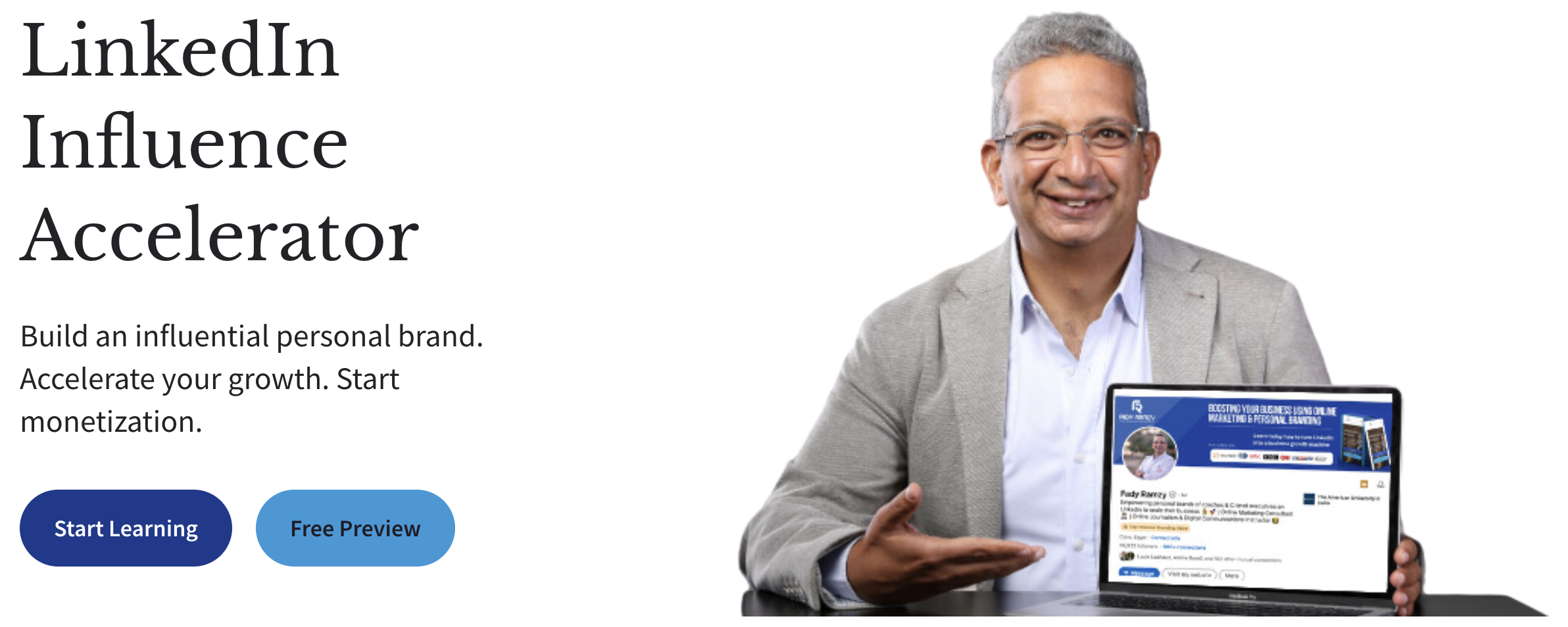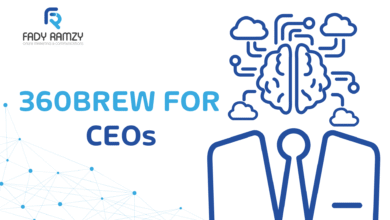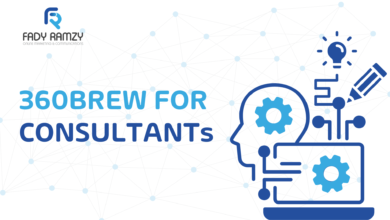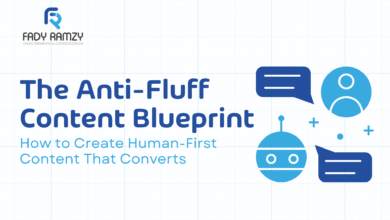How to Launch on LinkedIn: Successful Personal Branding Examples
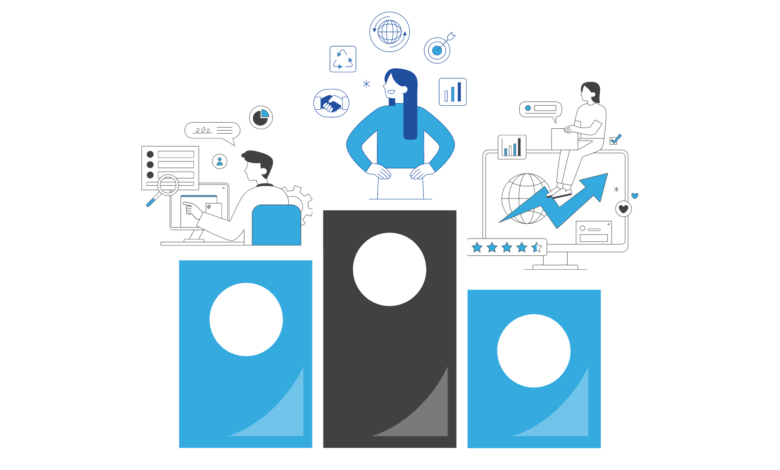
To start a powerful personal brand you need to learn from top personal branding examples and their best practices.
Here is what you need to learn from the personal branding examples!
What do top creators, especially on LinkedIn have in common?
Creators like Justin Welsh, Jasmin Alic, Richard Van Der Blom, and others are extremely focused on growing their personal brands daily!
Every day, they:
- Focus on providing substantive content that genuinely helps people and solves their problems.
- Offer practical tips and address specific challenges that their audience faces.
- Instead of simply posting generic quotes or slogans, share your personal experiences.
Moreover, here are some critical points to learn from them!
Don’t get fooled by numbers!
For example, a creator going from 30,000 to 70,000 followers in just two months might be suspicious. If a creator’s content receives an unusually high number of engagements within the first 10 minutes, it might indicate artificial boosting.
Don’t be obsessed with virality!
While many personal branding examples focus on generic topics like “bad bosses” and “toxic work environments,” their repetitive content offers little value. They often regurgitate the same clichés, relying solely on superficial content.
Many people fall into the trap of comparing themselves to such personal branding examples, leading to self-doubt and a lack of confidence.
What top personal branding examples do instead
- They don’t hide behind generic content or just follow trends.
- They focus on adding huge value to a specific and niche audience.
- They concentrate on building a genuine connection with this audience.
- They are transparent about their journeys and share the positive and negative lessons learned.
We all have something interesting to tell. This is the content that performs best on LinkedIn, when it is genuine and authentic. Lots of people are just repeating themselves. But if you share something that’s really genuine with a little bit of educational flavor, that adds lots of value.
How Not to Run Out of Ideas:
1- Use strong storytelling techniques. This will help you generate fresh ideas and keep your audience engaged.
2- Repost your content. If after a long period, it is fine, as most people won’t remember it after a few months.
3- Repurpose content. This involves taking existing content and presenting it in a new format. Adding a twist or changing the angle can give your audience fresh value without creating entirely new content. An article can be turned into an infographic, and a text post can be a carousel, and so on. In other words, you should have a “content system” in place!
4- Don’t pressure yourself to post daily. Posting impactful content regularly is more effective than posting daily without substance. The best personal branding examples and creators post daily because it increases their chances of reaching a wider audience. However, even if you post less frequently, a well-crafted post can still go viral.
Starting from Scratch:
7 Tips From the Best Personal Branding Examples
Start Fresh: Seize the Opportunity
Remember that no one is watching your every move. This is the perfect time to experiment and find your creative voice. Don’t feel pressured to follow a strict schedule or create content every day. The most important thing is to create authentically and consistently. To do that, you should have a solid plan and a structured process in place.
Define Your Purpose
Ask yourself why you are doing it. Are you aiming to attract brand deals, build a full-time career, or connect with your community? Understanding your motivations will help you create content that resonates with your target audience.
Find Your Niche
Identifying your niche and expertise will make it easier to create content that people want to see. Also, don’t underestimate the power of your personality. Authenticity and genuine connection are key to building a loyal following.
Beware of The Reality of Full-Time Content Creation
Before deciding to pursue content creation full-time, it’s important to understand the significant time commitment involved. Many successful personal branding examples dedicate hours each day to producing high-quality content. Competing with this level of dedication can be challenging.
While LinkedIn offers unique opportunities, it might be more challenging to build a full-time career there than on platforms like YouTube or Instagram.
Build a Sustainable Foundation
As you grow, explore opportunities to monetize your efforts. Relying solely on one income source can be risky. Revenue streams can be brand deals, partnerships, or online courses. This diversification helps ensure financial stability and sustainability.
Prioritize Expertise Over Content Creation
LinkedIn emphasizes the importance of sharing expertise rather than simply creating content. Focusing on your area of expertise will help you stand out and attract a more engaged audience.
Hop on the Latest Format Trends
LinkedIn is pushing videos to compete with other video-centered social media networks.
Take advantage of the algorithm’s direction! There is a high chance LinkedIn will show your videos to more people. Why? If you make videos, you have less competition. It is harder for the average user to create videos because it takes resources, skills, and time.
Finally, do you want to build an effective personal brand today?
The “LinkedIn Influence Accelerator” is my course for founders, coaches, and communicators. It is crafted for professionals who want to create an effective personal brand that generates opportunities!
Start boosting your personal brand now!
